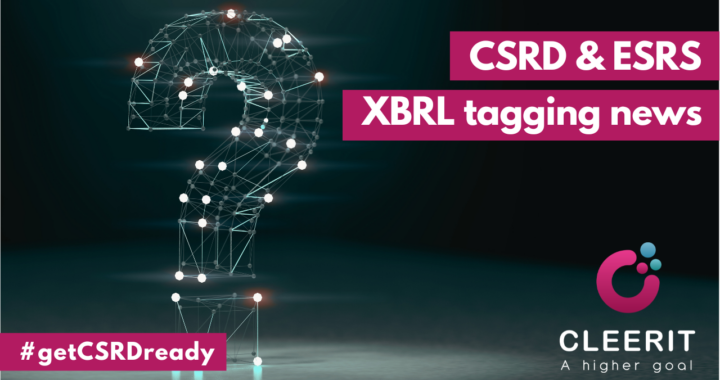EFRAG is responsible to deliver the technical ESRS digital taxonomy to ESMA (the European Securities and Markets Authority) and the EC (European Commission).
It will be adopted via an “RTS” (Regulatory Technical Standards), drafted by ESMA – who will also conduct a cost-benefit analysis.
It will amend the ESEF Delegated Regulation and will be directly applicable in all Member States.
During yesterday’s meeting (16/7), EFRAG presented the changes implemented to the ESRS Set 1 XBRL Taxonomy following the public consultation feedback.
A total of 49 responses were provided in the course of the public consultation, with a wide support for the draft XBRL Taxonomy: 85% of the respondents thought that it appropriately reflected the ESRS.
EFRAG SRB confirmed the implementation of many technical improvements (see the link in the comments to access the details).
It rejected most of the proposal for aggregation, as not compatible with the agreed methodology based on the fundamental principle of reflecting the granularity in ESRS, as well as users’ needs and interoperability with ISSB who has adopted a similar approach.
⭕ EFRAG remarked that when companies draft their report closely to the ESRS, the costs of the tagging process are reasonable and lower than if the disclosures are not well structured and scattered around the report.
On July 5, ESMA, also issued a document stressing:
⭕that it will be particularly important to carefully assess whether the company’s historical approach to the presentation of sustainability information is consistent with the CSRD and ESRS and, if not, to make adjustments accordingly.
⭕the importance that, from the first application of the ESRS, the reporting process is conceived in a way that caters for digitisation of the sustainability statement in a way that is aligned with the granularity of the ESRS requirements – following the structure of the ESRS makes digital tagging easier.
In addition, it was pointed out that,
➡ the burden of digital tagging that preparers face, will be justified by benefits to users of sustainability data,
➡ granular digital tagging will bring cost reductions both for companies and for financial institutions since if standardized and structured digital reporting is not done, the data will be provided by data providers at a high cost,
➡ the number of elements in the GRI taxonomy, which covers impact materiality, plus the number of the ISSB S1 and S2 elements which covers financial materiality is close to the number of ESRS elements, which covers double materiality.
EFRAG has scheduled its publication of the final taxonomy for the second half of August.
In the meantime, only editorial or technical changes will be implemented in the XBRL taxonomy, no XBRL elements will be added or removed.
✅ Book a demo to adopt a taxonomy-centric ESRS report preparation with Cleerit ESG >>>
